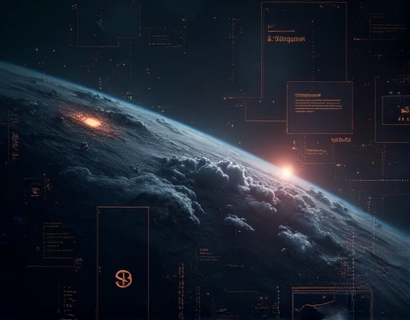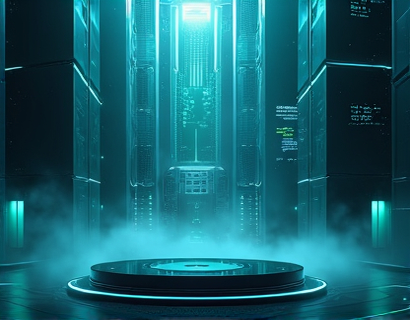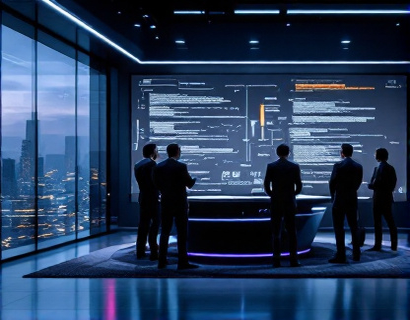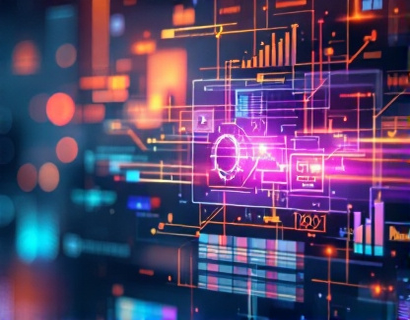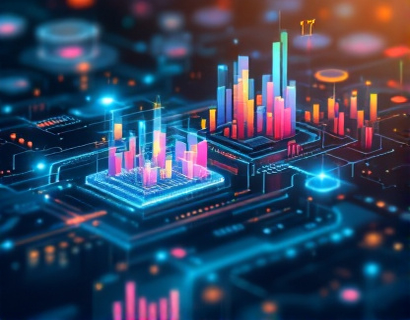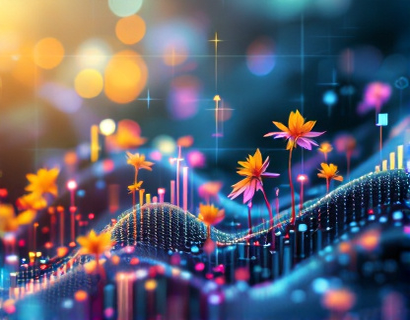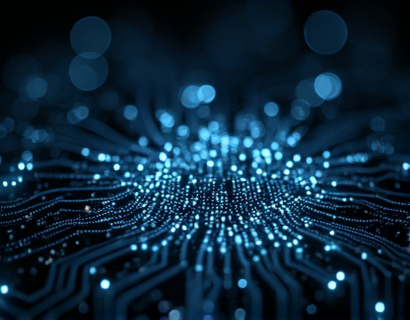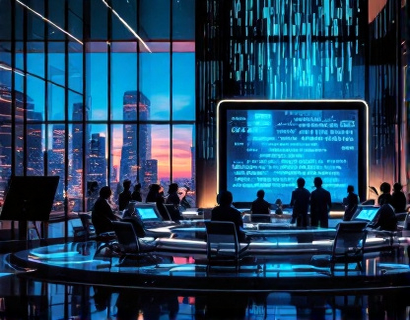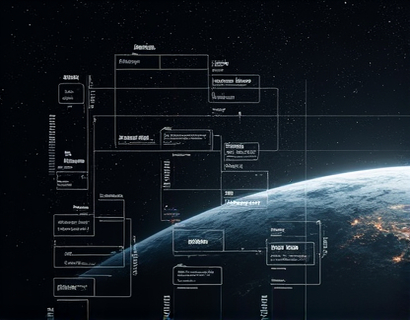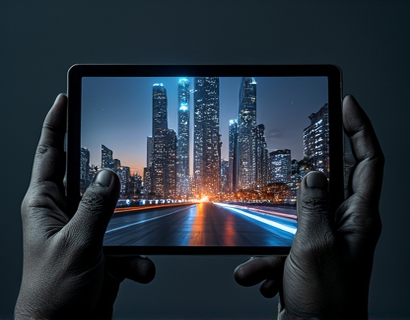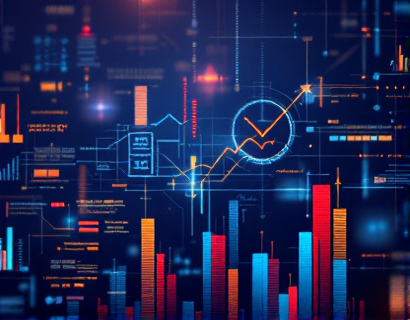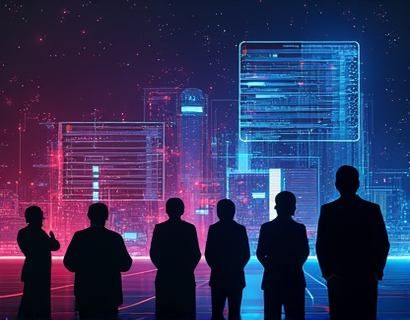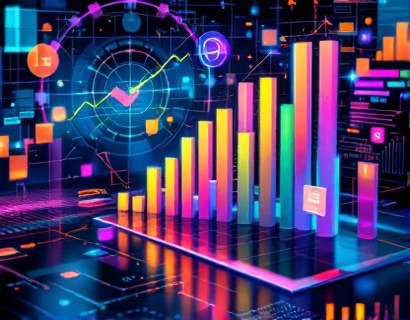Decentralized Productivity Revolution: Harnessing AI and Crypto for Next-Gen App Solutions
The digital landscape is undergoing a profound transformation, driven by the convergence of artificial intelligence (AI) and cryptocurrency. This revolution is not just about adopting new technologies but about reimagining how we approach productivity, collaboration, and innovation. For tech professionals and early adopters, this convergence opens up a world of possibilities, enabling the creation of next-generation applications that are more efficient, secure, and user-friendly. This article delves into the intricacies of this decentralized productivity revolution, exploring how AI and cryptocurrency are reshaping app innovation and enhancing user experiences.
The traditional centralized model of application development and deployment is being challenged by decentralized technologies. Blockchain, the backbone of cryptocurrency, offers a decentralized ledger that ensures transparency, security, and immutability. When combined with AI, these technologies can create applications that are not only more robust but also capable of learning and adapting to user needs in real-time. This synergy is the cornerstone of the decentralized productivity revolution, promising to turbocharge app development and usage.
Decentralized Applications: The New Paradigm
Decentralized applications (dApps) are at the forefront of this revolution. Unlike traditional applications, dApps are built on blockchain networks, which means they are not controlled by any single entity. This decentralization ensures that dApps are more resilient to censorship and downtime, as there is no central point of failure. For users, this translates to greater control over their data and a more secure environment for conducting transactions and interactions.
The architecture of dApps is fundamentally different from centralized apps. They use smart contracts, which are self-executing contracts with the terms directly written into code. These smart contracts automate processes, reduce the need for intermediaries, and ensure that transactions are executed precisely as programmed. This automation not only increases efficiency but also minimizes the risk of human error and fraud.
AI in Decentralized Applications
AI plays a crucial role in enhancing the capabilities of dApps. By integrating AI, dApps can offer intelligent, personalized experiences that adapt to user behavior and preferences. For instance, AI-driven chatbots can provide 24/7 customer support, answering queries and guiding users through complex processes. These chatbots can learn from interactions, improving their responses over time and providing a more human-like experience.
Moreover, AI can be used to optimize the performance of dApps. Machine learning algorithms can analyze vast amounts of data to identify patterns and insights, enabling dApps to make data-driven decisions. This can be particularly useful in areas like predictive maintenance, where dApps can forecast equipment failures and schedule maintenance proactively, reducing downtime and costs.
Enhancing Productivity with AI and Crypto
The combination of AI and cryptocurrency is not just about creating innovative applications; it's also about revolutionizing productivity tools for tech professionals. Traditional productivity software often relies on centralized servers, which can be vulnerable to security breaches and data leaks. Decentralized productivity tools, powered by AI and blockchain, offer a more secure and private alternative.
For example, decentralized file storage solutions use blockchain to ensure that files are stored across multiple nodes, making them highly resilient to data loss. AI can further enhance these solutions by optimizing file organization and retrieval, ensuring that users can access their files quickly and efficiently. This not only boosts productivity but also provides peace of mind regarding data security.
Smart Contracts for Streamlined Workflows
Smart contracts are a game-changer for business processes and workflows. By automating contract execution, smart contracts eliminate the need for manual interventions and intermediaries, reducing costs and increasing speed. In a decentralized environment, smart contracts can be used to automate payments, manage supply chains, and even facilitate collaborative projects.
Consider a scenario where multiple parties are involved in a project, each with specific responsibilities and payment terms. A smart contract can be programmed to release payments only when certain milestones are met, ensuring that all parties are held accountable. This transparency and automation not only streamline workflows but also build trust among collaborators.
Decentralized Identity and Access Management
Identity verification and access management are critical components of any application, especially in a decentralized ecosystem. Traditional methods often rely on centralized databases, which can be hacked or misused. Decentralized identity solutions, powered by blockchain, offer a more secure and user-controlled approach.
Users can create and manage their digital identities on the blockchain, granting access to applications and services as needed. AI can enhance this process by verifying identities through biometric data and behavioral analytics, ensuring that only authorized users gain access. This not only enhances security but also provides users with greater control over their personal information.
Challenges and Considerations
While the potential of decentralized productivity tools is immense, there are challenges that need to be addressed. One of the primary concerns is scalability. Blockchain networks, particularly those using proof-of-work consensus mechanisms, can be slow and resource-intensive. However, the development of more efficient consensus algorithms and layer 2 solutions is addressing these issues, making decentralized applications more viable for widespread use.
Another consideration is the user experience. Decentralized technologies can be complex and intimidating for new users. To overcome this, applications must be designed with user-friendly interfaces and intuitive onboarding processes. Education and community support are also crucial in helping users understand and leverage the benefits of decentralized tools.
Future Prospects
The future of decentralized productivity is bright, with ongoing advancements in AI and blockchain technology. As more developers and businesses adopt these technologies, we can expect to see a proliferation of innovative applications that push the boundaries of what's possible. The integration of AI with decentralized systems will continue to enhance functionality, making applications smarter, more efficient, and more user-centric.
Moreover, the rise of decentralized finance (DeFi) and non-fungible tokens (NFTs) is opening new avenues for productivity tools. For instance, DeFi protocols can provide decentralized lending and borrowing options, enabling users to access capital for business growth. NFTs can be used to represent unique digital assets, such as certificates of completion for courses or milestones in a project, adding a new layer of value to productivity tools.
In conclusion, the decentralized productivity revolution, driven by AI and cryptocurrency, is transforming the way we work and collaborate. By leveraging the strengths of decentralized technologies and intelligent systems, we can create applications that are more secure, efficient, and tailored to user needs. For tech professionals and early adopters, this revolution presents exciting opportunities to innovate and lead the charge in the digital age.




